When managing an executive's calendar, the key is to prioritize their goals, streamline their appointments, and minimize disruptions. To start, utilizing tools like Calendly can automate scheduling, reducing the back-and-forth emails and making it easier to slot in meetings. Implementing a color-coded system for tasks can help in quick identification and prioritization of activities.
Balancing urgent tasks with strategic goals requires a thoughtful approach. Regularly incorporate buffer times between meetings, allowing room for unexpected changes and preventing schedule overload. This strategy ensures that even last-minute priorities can be accommodated without significant disruptions.
Regularly evaluating the effectiveness of meetings can provide insights into whether they are contributing to the executive's goals or if they can be shortened, rescheduled, or even canceled. This continuous assessment helps maintain a dynamic yet flexible schedule that adjusts to evolving needs.
By integrating these strategies, you can not only boost productivity but also support a healthy work-life balance for the executive. This approach empowers them to focus on what truly matters, ensuring their time is spent on high-impact activities.
Ready to implement these strategies and transform calendar management for executives?
Understanding Executive Priorities
To effectively manage a side hustle while balancing other responsibilities, it's crucial to first understand the key priorities and objectives of your side business. Start by having a detailed self-reflection to identify your strategic goals, ongoing projects, and key stakeholders involved. Knowing these helps you prioritize tasks, meetings, and activities that align with your core responsibilities.
Analyze past time management data to spot patterns and preferences in scheduling. Do you prefer working on your side hustle in back-to-back sessions or with breaks in between? Are mornings more productive for deep work, or do you reserve that time for high-level planning? Recognizing these patterns allows you to create a schedule that maximizes productivity.
Next, categorize activities based on priority. High-priority tasks should be scheduled during your peak performance times. Lower-priority tasks can be slotted into less critical time slots. Always leave room for unforeseen urgent matters by maintaining buffer periods. This promotes flexibility without causing disruptions.
Utilizing Calendar Tools
Maximizing productivity in your side hustle also involves leveraging calendar tools that can streamline scheduling and ensure all tasks align with your priorities. By effectively using these tools, you can manage your time efficiently and prevent any important tasks from falling through the cracks.
To get the most out of calendar tools for your side hustle, follow these steps:
- Integrate Multiple Calendars: Consolidate your personal, primary job, and side hustle calendars into one view. This integration prevents double-booking and provides a comprehensive overview of all your commitments.
- Automate Scheduling: Use tools like Calendly or Microsoft Bookings to automate appointment scheduling with clients or collaborators. These tools allow others to see your available time slots and book meetings without the hassle of multiple email exchanges.
- Set Reminders and Notifications: Ensure your calendar tools are set to remind you of upcoming meetings and important tasks related to your side hustle. This helps you stay ahead of deadlines and prepare adequately for each engagement.
- Utilize Color-Coding: Assign different colors to various types of tasks and meetings. For example, use one color for client meetings, another for project work, and another for administrative tasks. Color-coding makes it easier to glance at your calendar and quickly understand the structure of your day.
Time Blocking Techniques
When you use time blocking techniques for your side hustle, you can allocate specific periods for focused work, helping you manage your tasks more efficiently and reduce distractions. By dedicating set blocks of time for particular tasks, you'll find it easier to maintain a structured schedule and prioritize effectively, even with the demands of a full-time job.
Start by identifying your high-priority side hustle tasks and assigning them to your most productive times of the day. For instance, if you're a morning person, block off those early hours for critical side hustle work that requires deep focus, before starting your main job.
Use color-coding to differentiate between types of tasks, such as client meetings, project work, and administrative duties. This visual distinction helps you quickly recognize the nature of each block at a glance.
Next, make sure you include breaks and buffer times between blocks. These intervals are essential for preventing burnout and allowing for unexpected delays or urgent tasks that may arise.
Consistently review and adjust your time blocks based on your evolving priorities and workload, both for your side hustle and your main job. Regular evaluation will help you optimize your schedule and stay adaptable, ensuring that both your side hustle and primary job thrive.
Managing Meeting Overload
To tackle meeting overload while managing a side hustle, prioritize essential meetings to ensure you're focusing on what truly matters.
Streamline communication channels to reduce unnecessary interactions and improve efficiency.
Implement buffer times between meetings to allow for preparation and follow-up tasks, enabling you to maintain productivity in your side hustle.
Prioritizing Essential Meetings
Regularly evaluating the necessity of each meeting ensures that your calendar remains focused on high-priority tasks, especially when managing a side hustle.
To prevent meeting overload and keep your side hustle on track, you need to identify which meetings are essential and which can be rescheduled, shortened, or even canceled. Here's a straightforward approach to help you prioritize:
- Assess the Meeting's Objective: Determine if the meeting's goal aligns with your side hustle's current priorities. If it doesn't directly contribute to your key objectives, consider delegating it or finding an alternative solution.
- Evaluate Attendees: Check if your presence is important. Sometimes, a well-prepared delegate can represent you, freeing up your time to focus on your side hustle.
- Set Clear Agendas: Meetings with a clear, focused agenda are often more productive and shorter. Make sure every meeting has a specific purpose that aligns with your side hustle, and stick to it.
- Regular Reviews: Periodically review your calendar and upcoming meetings. Cancel or reschedule any that no longer serve an essential function for your side hustle.
Streamlining Communication Channels
By consolidating your communication channels for your side hustle, you can greatly reduce meeting overload and enhance productivity.
Start by identifying the platforms you use most frequently for communication. Prioritize integrating these channels into one central hub, such as a unified messaging app or a project management tool, to guarantee seamless information flow. This consolidation minimizes the need for redundant meetings since all necessary updates and discussions can occur in one place.
Next, establish clear guidelines on when to use each channel. For instance, reserve emails for formal communications with clients or partners, while instant messaging apps can handle quick, informal inquiries from your team or collaborators. By setting these boundaries, you guarantee that everyone involved in your side hustle knows the best way to reach you, reducing unnecessary meeting requests.
Additionally, leverage collaborative tools like shared documents and project boards. These tools allow team members or collaborators to update progress and share information in real-time, eliminating the need for constant check-in meetings.
Make it a point to regularly review these updates, so you're always in the loop without having to schedule additional time-consuming meetings. This approach ensures that your side hustle runs smoothly and efficiently, allowing you to focus more on growth and less on administrative tasks.
Implementing Buffer Times
Incorporating buffer times between side hustle tasks helps you manage your schedule more effectively and prevents burnout. By strategically placing these breaks, you create opportunities to catch your breath, prepare for the next task, and handle unexpected issues.
Here's how to implement buffer times to maximize productivity in your side hustle:
- Schedule Short Breaks: Insert 10-15 minute breaks between back-to-back tasks. This time allows you to reset and refocus, ensuring that you approach each task with fresh energy and a clear mind.
- Time Blocking: Allocate specific time blocks for your side hustle tasks and ensure there's a buffer between each block. This practice prevents tasks from running over and eating into other critical activities.
- Use a Buffer Template: Create a standard template for your schedule that includes built-in buffer times. This template can be adjusted as needed but serves as a consistent framework to protect your time.
- Review and Adjust: Regularly review your schedule to ensure buffer times are being effectively utilized. Adjust as necessary based on your workload and the nature of your side hustle tasks.
Efficient Travel Scheduling
To streamline your side hustle travel plans, prioritize booking flights and accommodations well in advance to secure the best options and rates. Start by using a reliable travel management platform that offers real-time updates and syncing capabilities with your calendar. This ensures you're always informed of any changes or delays, crucial for fitting travel around your primary job.
Next, create a detailed travel itinerary that includes all necessary details like flight numbers, hotel addresses, and car rental information. Make sure this itinerary is easily accessible on your mobile device for quick reference. Integrate this itinerary into your calendar to avoid double-booking or missing out on important side hustle commitments.
When scheduling travel, consider time zones and layover durations to minimize fatigue and maximize productivity. Opt for direct flights when possible and select accommodations close to side hustle venues to reduce transit time. Utilize downtime effectively; for instance, catch up on emails related to your side hustle or prepare for upcoming tasks during flights.
Coordinate with your executive assistant or a virtual assistant to manage travel-related tasks such as visa applications and travel insurance. This delegation frees up your time and ensures all travel documents are in order.
Lastly, keep a checklist of essential travel items and documents specific to your side hustle needs. This proactive approach minimizes last-minute stress and guarantees a seamless travel experience, allowing you to focus on growing your side hustle efficiently.
Balancing Work and Personal Life
Balancing a side hustle and personal life requires you to prioritize daily tasks effectively and schedule personal time with intention.
By clearly defining your most important side hustle commitments and setting boundaries for personal activities, you can maintain a healthy equilibrium.
Use your calendar to block out time for both side hustle obligations and personal interests to guarantee neither is neglected.
Prioritizing Daily Tasks
Effectively prioritizing daily tasks in your side hustle ensures that you maintain a healthy balance between your full-time job, side business, and personal life commitments. To achieve this, you need to focus on clear, actionable steps that confirm your day is both productive and manageable.
Here's a concise approach to help you prioritize effectively:
- Categorize Tasks: Divide your side hustle tasks into urgent, important, and non-essential categories. This allows you to quickly identify what requires immediate attention and what can be scheduled for later.
- Set Realistic Goals: Establish daily goals that are achievable within the time constraints of balancing your side hustle with other responsibilities. Overloading your schedule can lead to stress and diminished productivity. Aim for a balanced mix of challenging and manageable tasks.
- Delegate Wisely: Recognize tasks that can be outsourced or delegated. Delegating not only frees up your time but also allows you to focus on high-impact activities, fostering growth in your side hustle.
- Utilize Technology: Leverage project management tools and apps to keep track of deadlines, client appointments, and milestones. Automated reminders and scheduling features can greatly streamline your day, ensuring nothing falls through the cracks.
Scheduling Personal Time
Allocating dedicated personal time is vital for maintaining a healthy balance between your main job, side hustle, and personal well-being. To achieve this, you should first identify your non-negotiable personal activities, such as family dinners, exercise routines, or hobbies. Block these times in your calendar just as you'd for significant business meetings or side hustle tasks. This visual representation guarantees you're not tempted to schedule additional work during these periods.
Next, communicate your personal time commitments to your team, key stakeholders, and any partners involved in your side hustle. Making them aware of your availability helps in setting clear boundaries and expectations. You'll find that this transparency fosters respect for your personal time, both in your main job and side hustle.
Leverage technology to your advantage. Use calendar tools that can automate reminders for both work and personal activities. This minimizes the likelihood of overlooking important personal commitments. Additionally, consider integrating your main job, side hustle, and personal calendars. This guarantees you have an all-encompassing view of your day, preventing scheduling conflicts.
Lastly, periodically review and adjust your calendar. Life, work, and side hustle demands change, and your schedule should be flexible enough to adapt. Regularly auditing your calendar helps you maintain an ongoing balance, ensuring neither your professional responsibilities, side hustle, nor personal life suffers.
Handling Last-Minute Changes
Steering last-minute changes in your side hustle requires a strategic approach to maintain productivity and keep your schedule on track. It's crucial to stay flexible and proactive when unexpected adjustments arise. Here's how you can effectively manage these disruptions:
- Prioritize Tasks: Immediately assess the urgency and importance of the tasks affected by the change in your side hustle. Determine what can be rescheduled or delegated to guarantee critical activities remain on course.
- Use Buffer Time: Always include buffer time in your calendar. This allows for a smoother adjustment when last-minute changes occur, minimizing the impact on your overall side hustle schedule.
- Communicate Promptly: Quickly inform relevant clients or collaborators about the changes. Clear and timely communication helps manage expectations and guarantees everyone is on the same page.
- Leverage Technology: Utilize calendar management tools and apps that offer real-time updates and notifications. These tools can streamline adjustments, making it easier to manage changes efficiently in your side hustle.
Coordinating With Teams
When managing last-minute changes in your side hustle, it's equally important to ensure seamless coordination with any collaborators to maintain productivity and meet deadlines. Effective communication channels are crucial. Use tools like Slack or Microsoft Teams to keep everyone updated in real-time.
Ascertain that you have a system for prioritizing tasks. When a change arises, immediately assess its impact on ongoing projects and redistribute tasks accordingly. This approach helps to mitigate disruption and keeps you and your collaborators focused on high-priority objectives.
Regularly scheduled check-ins can preemptively address potential issues. Weekly or bi-weekly meetings provide a consistent platform for discussing upcoming tasks and any changes to schedules. Utilize these meetings to align everyone's priorities and clarify responsibilities.
Document all changes and decisions clearly. Use a shared calendar where updates are visible to everyone involved. This transparency helps to avoid misunderstandings and guarantees that everyone is on the same page.
Lastly, foster a culture of adaptability within your side hustle team. Encourage collaborators to voice concerns and offer solutions. Their input can provide valuable insights and foster a collaborative environment. By staying organized and maintaining open lines of communication, you can ensure that your side hustle remains cohesive and productive, even amid last-minute adjustments.
Setting Boundaries and Policies
To effectively manage your side hustle, you must define project priorities and limit after-hours availability.
Establish clear criteria for what constitutes a high-priority task to streamline decision-making.
Additionally, setting boundaries on after-hours communication helps protect your work-life balance.
Define Meeting Priorities
Establishing clear meeting priorities is essential to ensure that your side hustle efforts are focused and aligned with your growth objectives. To do this, categorize meetings based on their importance and urgency. This will help you determine what can be scheduled immediately and what can be postponed or delegated.
Here's how you can define these priorities:
- Growth Strategy Meetings: These high-level discussions focus on expanding your side hustle and driving major initiatives. They should always be prioritized.
- Operational Meetings: Concentrated on the day-to-day management of your side hustle, these meetings are important but can sometimes be rescheduled if a growth strategy meeting arises.
- Client Meetings: Essential for maintaining and growing your customer base, these should be given strong consideration but balanced against internal needs.
- Team Meetings: Regular check-ins with any collaborators or freelancers you work with, these are essential for team cohesion but can be flexible based on other priorities.
Limit After-Hours Access
Balancing meeting priorities is just one part of effective calendar management for your side hustle; it's equally important to set boundaries by limiting after-hours access.
Define clear policies indicating when you're available for side hustle activities and when you're off-limits. Communicate these boundaries to all relevant parties, including collaborators, clients, and stakeholders. Leveraging tools like email auto-responders and calendar settings can help enforce these limits, ensuring everyone understands your availability.
Establish specific time blocks for after-hours work if absolutely necessary, and make these exceptions rather than the rule. This approach maintains a healthy work-life balance and prevents burnout. You should also monitor and adjust these boundaries as needed, based on your workload and seasonal demands.
Encourage yourself to adhere strictly to these boundaries. Remind yourself that consistent enforcement is key to maintaining respect for your time. By setting firm rules and sticking to them, you'll foster an environment where after-hours interruptions are minimized, allowing for more focused and productive working hours on your side hustle.
Continuous Improvement Strategies
Implementing continuous improvement strategies in managing your side hustle ensures you optimize your time and enhance productivity. By consistently refining and updating your approach, you can maintain your side hustle as a rewarding endeavor rather than a source of stress.
To start, conduct regular reviews of your schedule. Analyze what worked well and what didn't. Look for patterns of inefficiencies and adjust accordingly.
Here's a streamlined approach to continuous improvement for your side hustle:
- Monthly Feedback Sessions: Schedule a monthly self-review to gather feedback and discuss potential changes. This helps identify what's working and what needs tweaking.
- Utilize Analytics Tools: Use time-tracking and project management tools to monitor task durations, frequency, and outcomes. These insights can help you make data-driven decisions to optimize your workflow.
- Eliminate Redundant Tasks: Regularly assess the necessity of recurring tasks. Cancel or combine those that no longer provide value to free up time for more critical activities.
- Stay Updated on Tech: Continuously explore new tools and features relevant to your side hustle. Implementing the latest technology can streamline processes and enhance efficiency.
Conclusion
To sum up, let's face it: without effective calendar management, executives might as well be juggling flaming swords while riding a unicycle.
By integrating advanced tools, prioritizing time blocks, and setting clear boundaries, you're not just managing a schedule—you're orchestrating a symphony of productivity.
So, go ahead, turn that chaotic mess into a masterpiece, because even the busiest executives deserve a life where meetings don't feel like a relentless game of whack-a-mole.
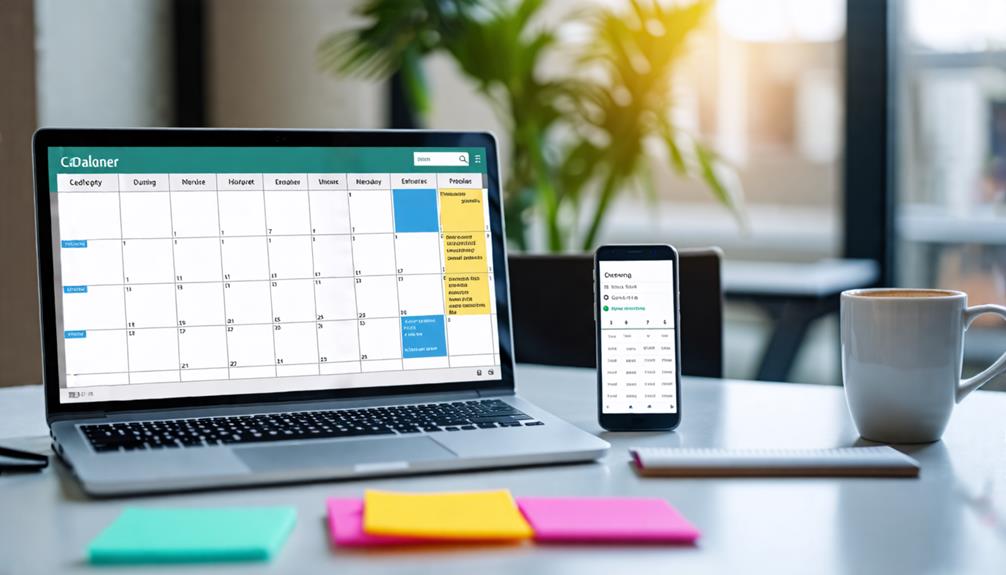














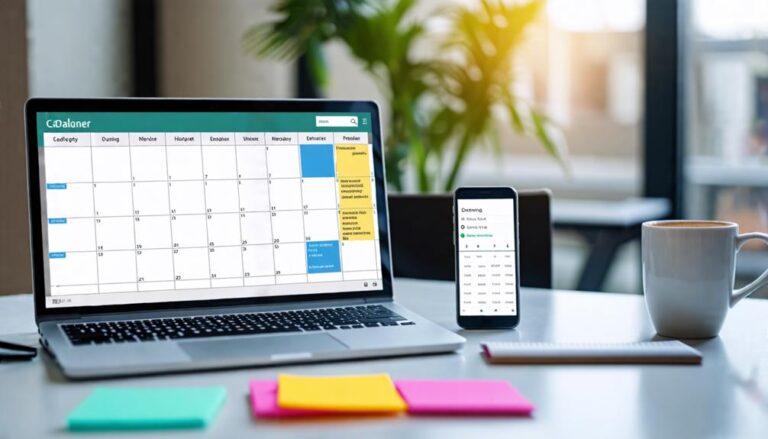















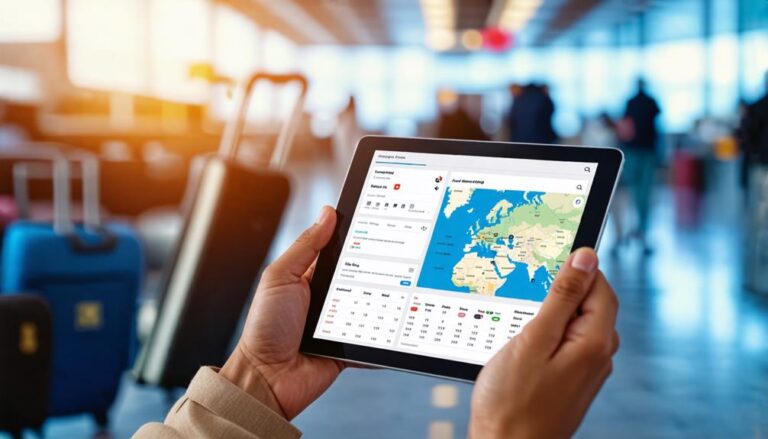











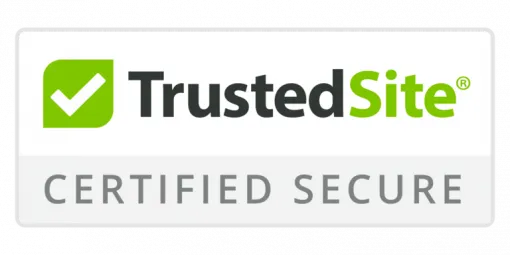



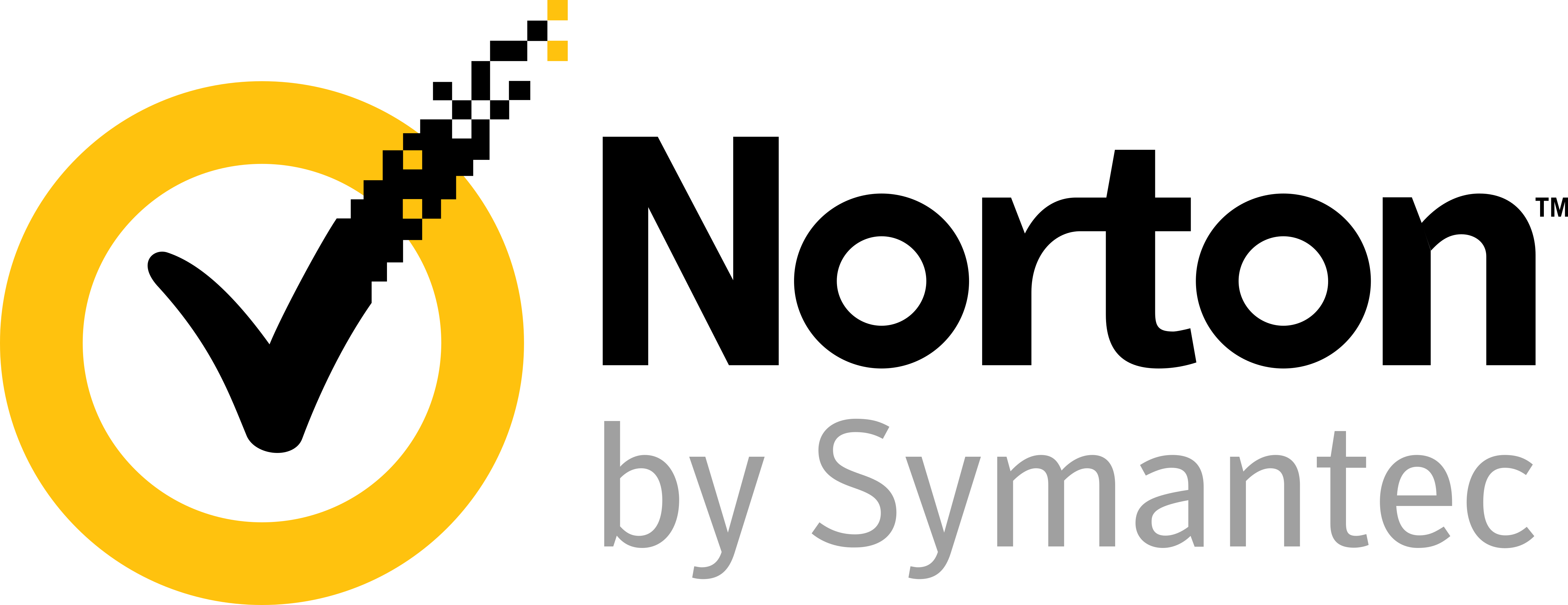
0
View comments